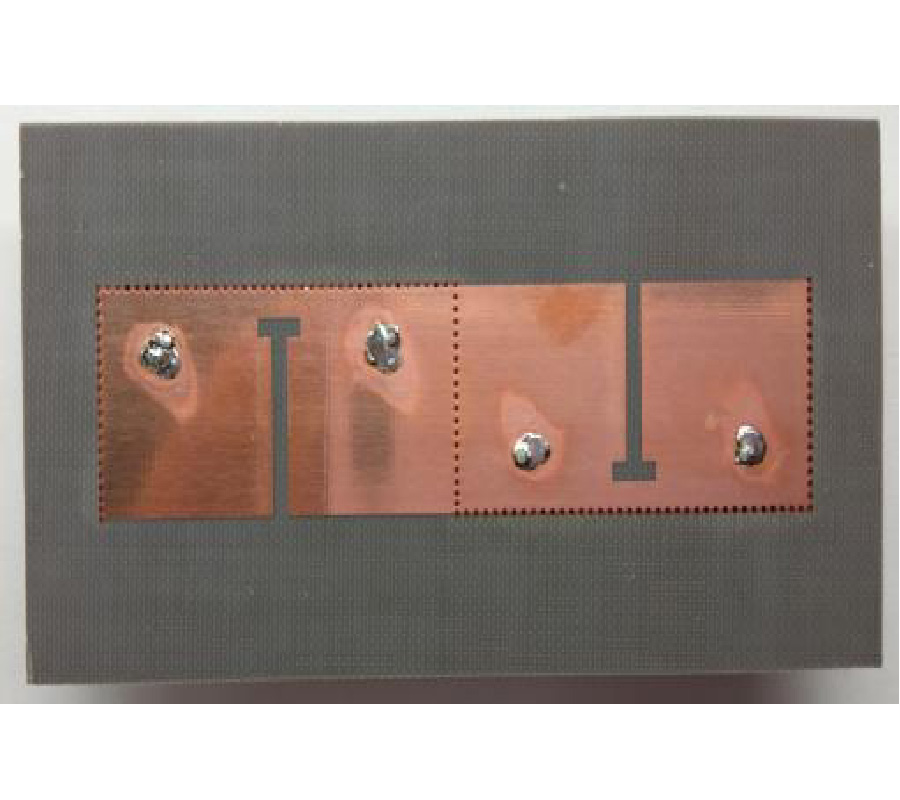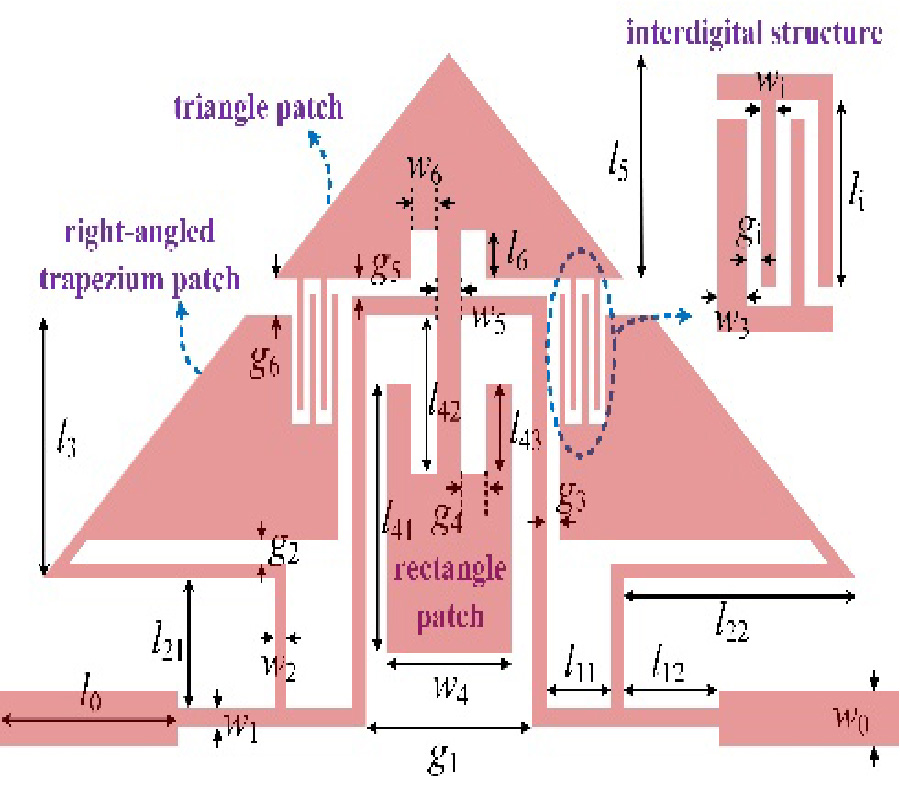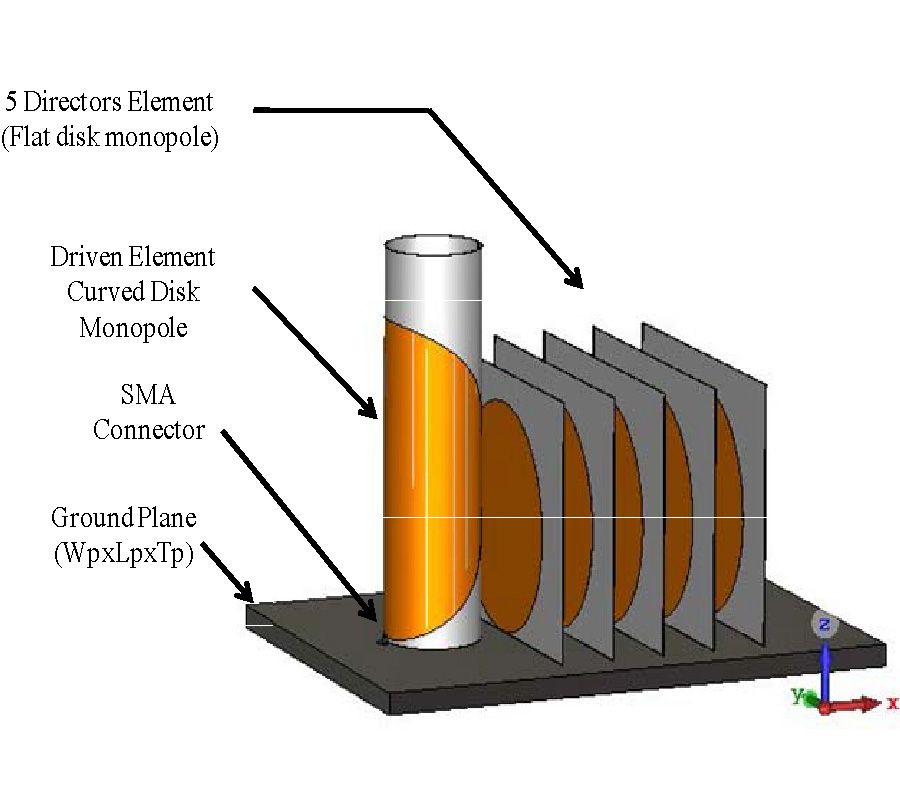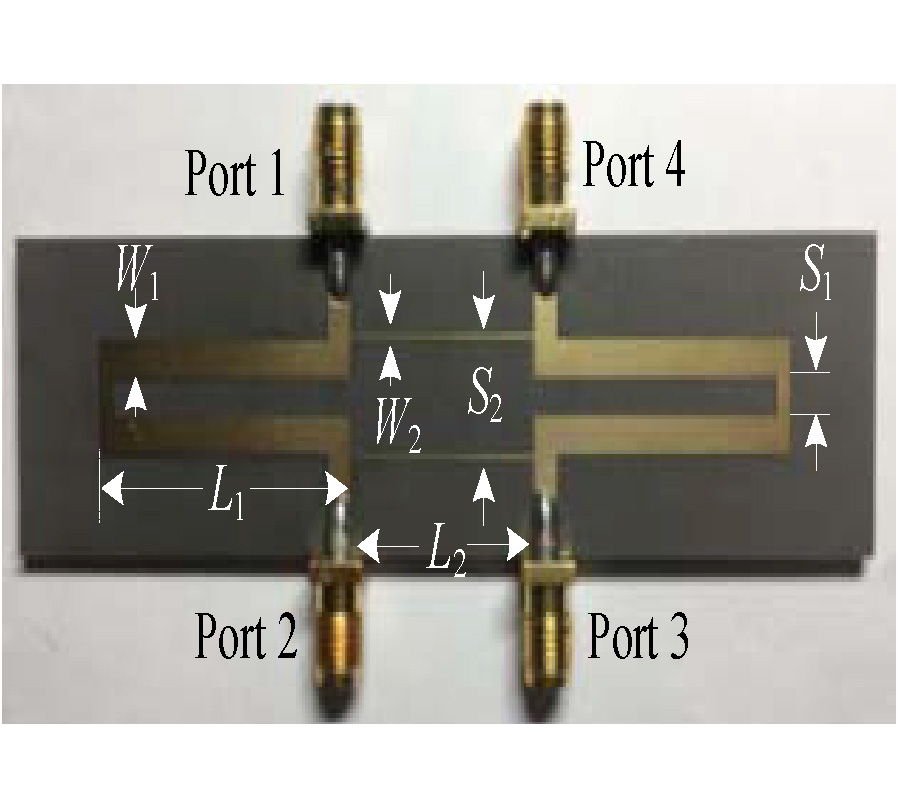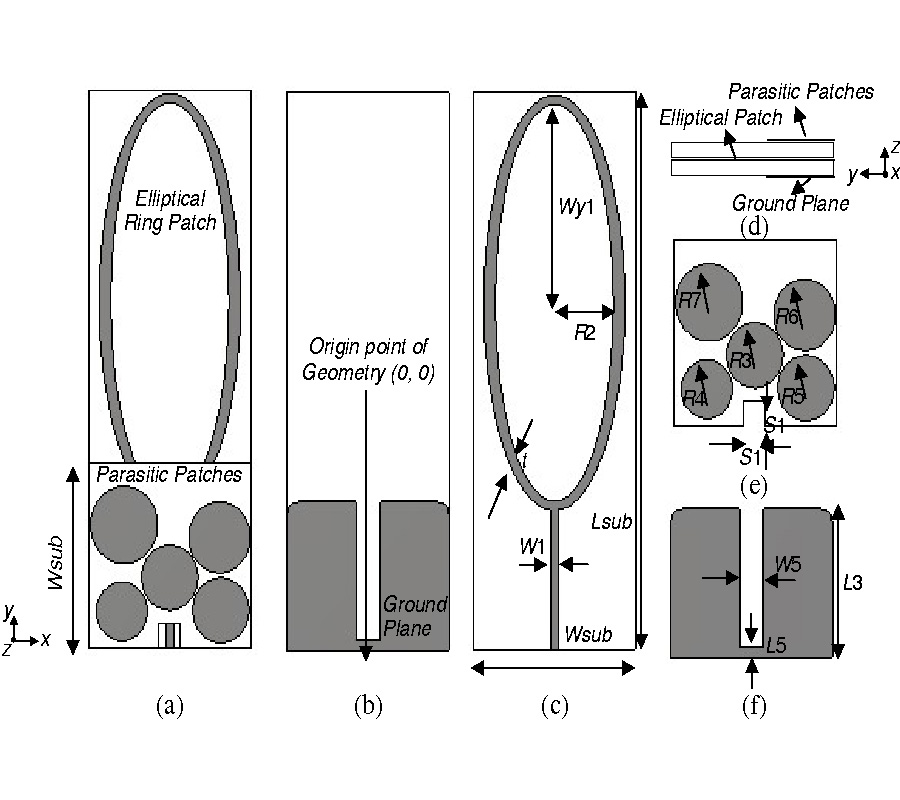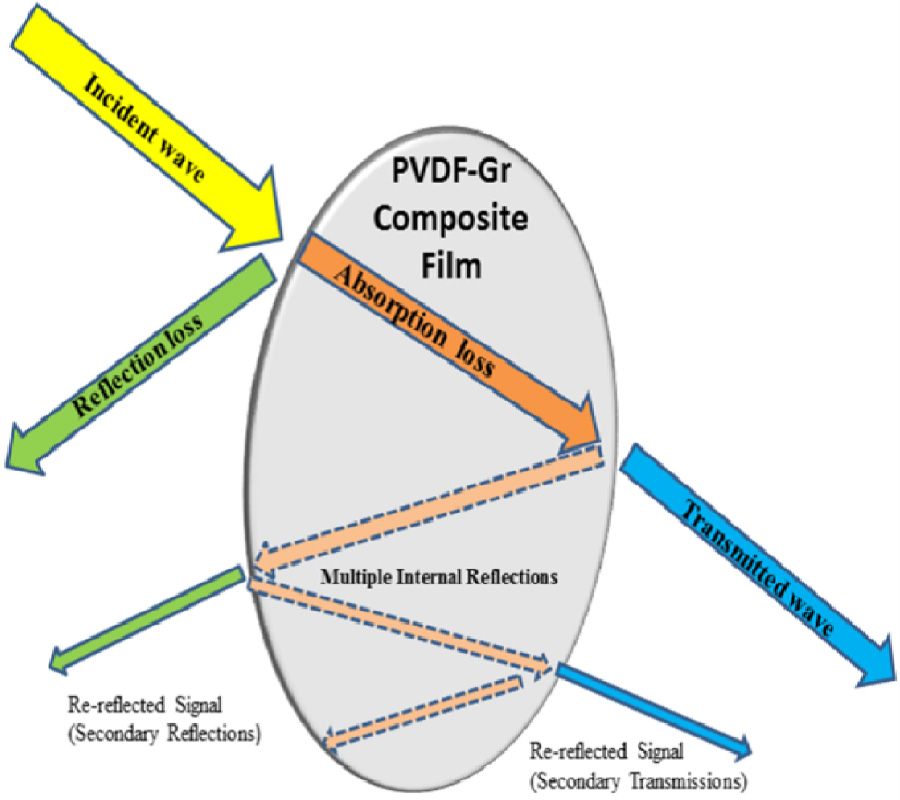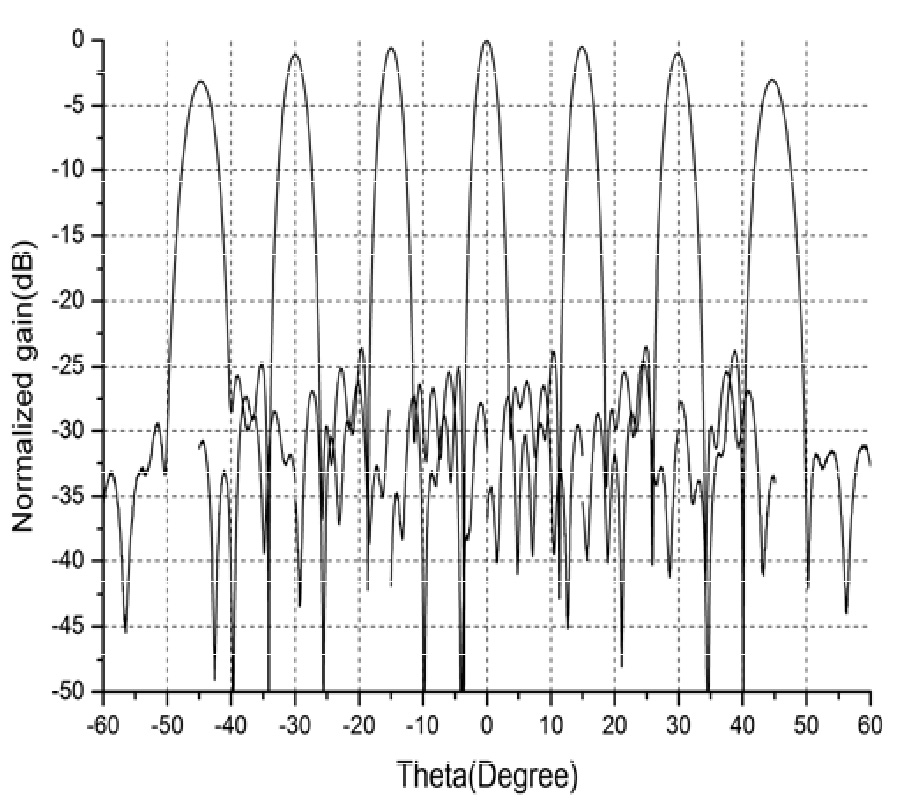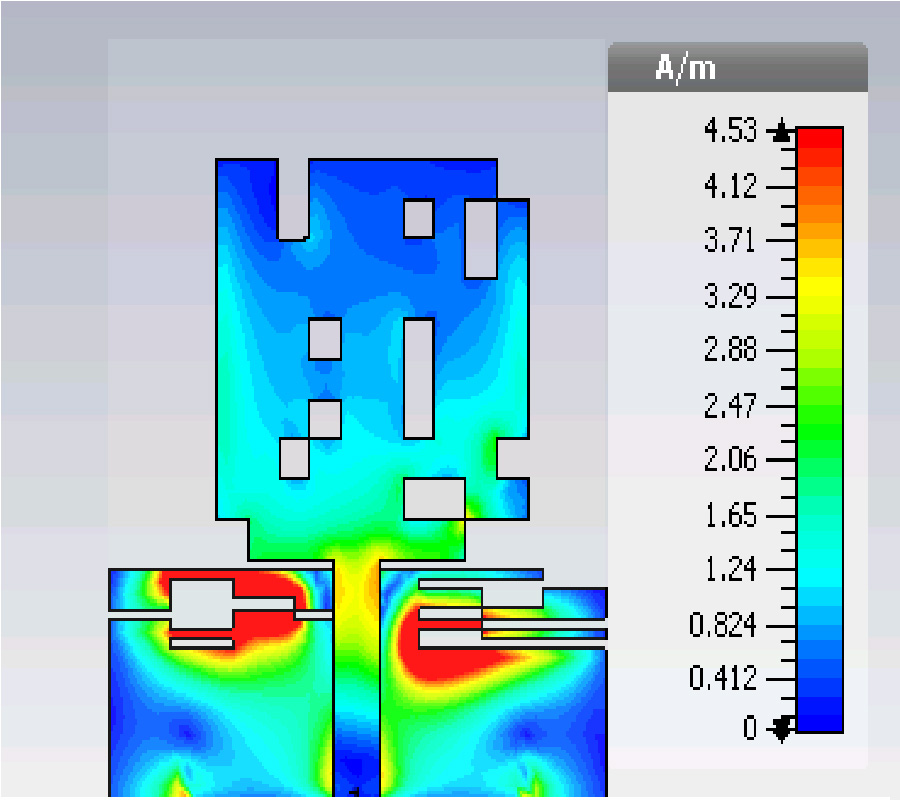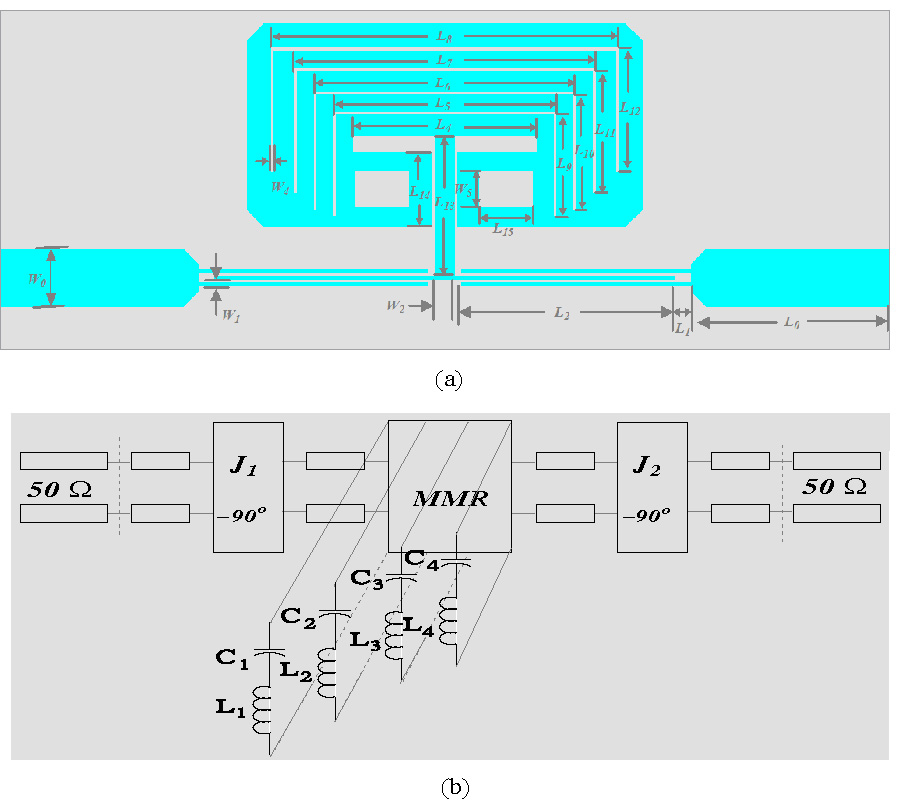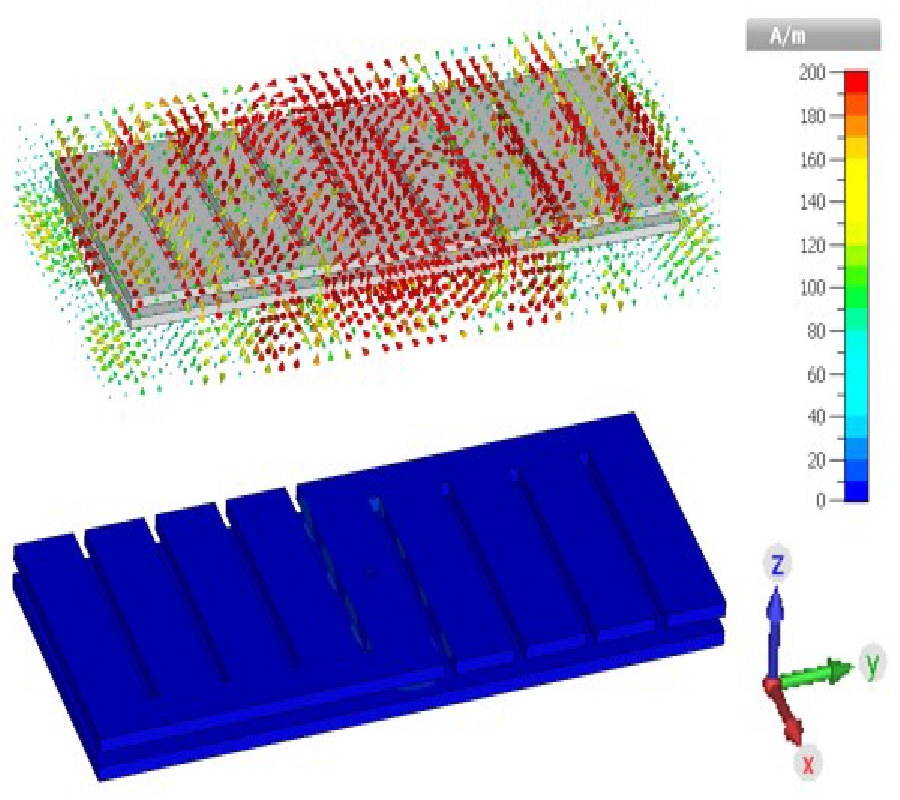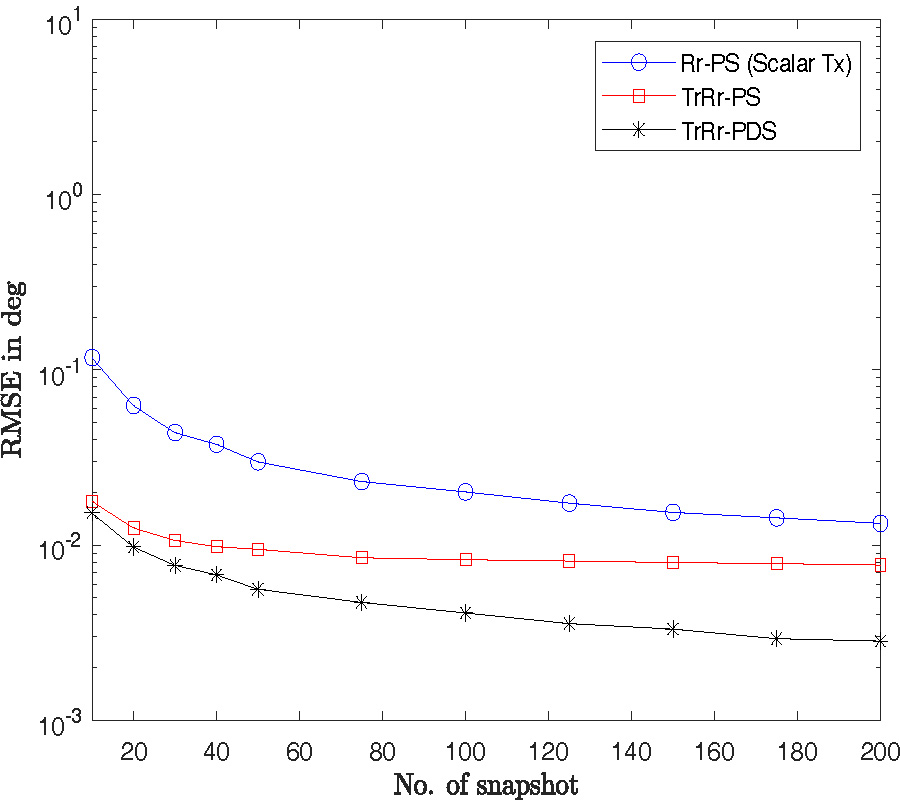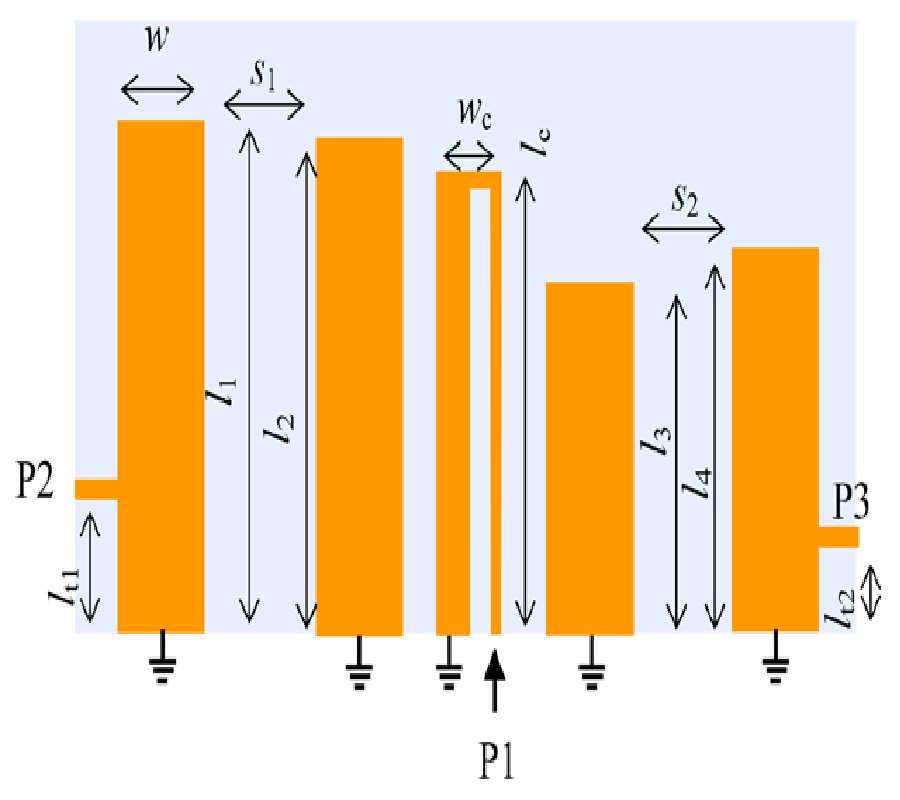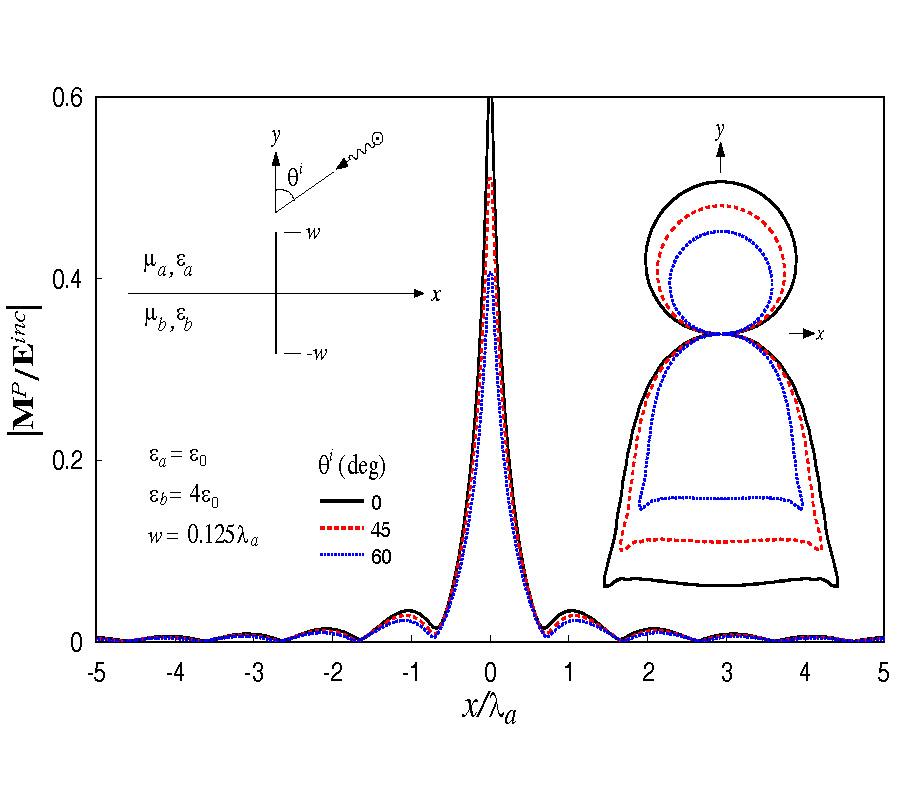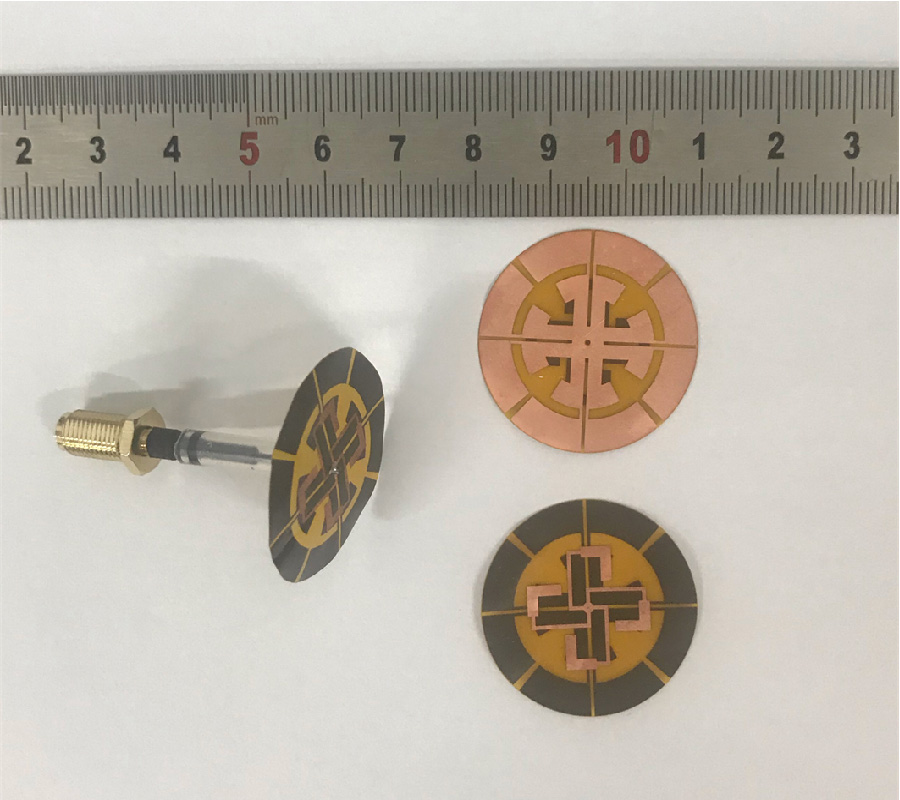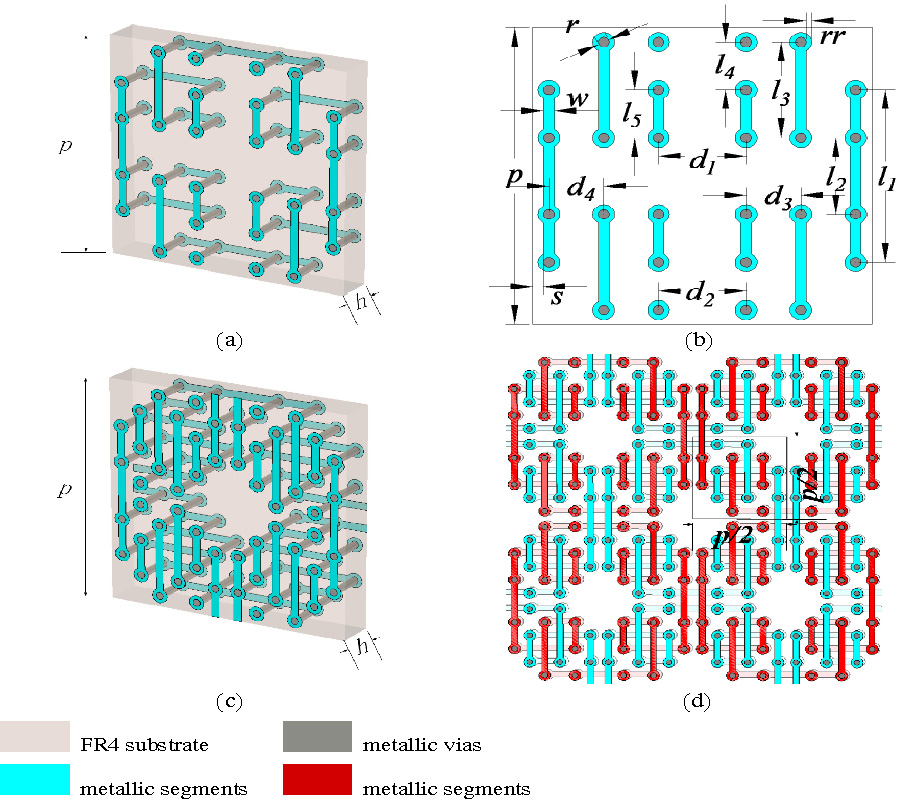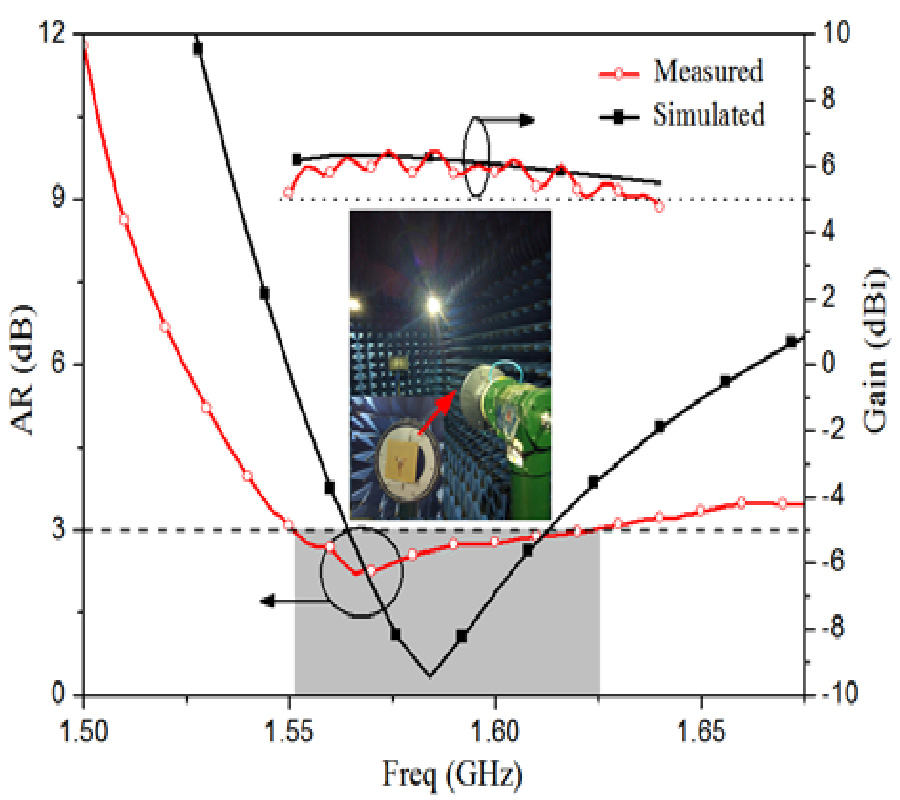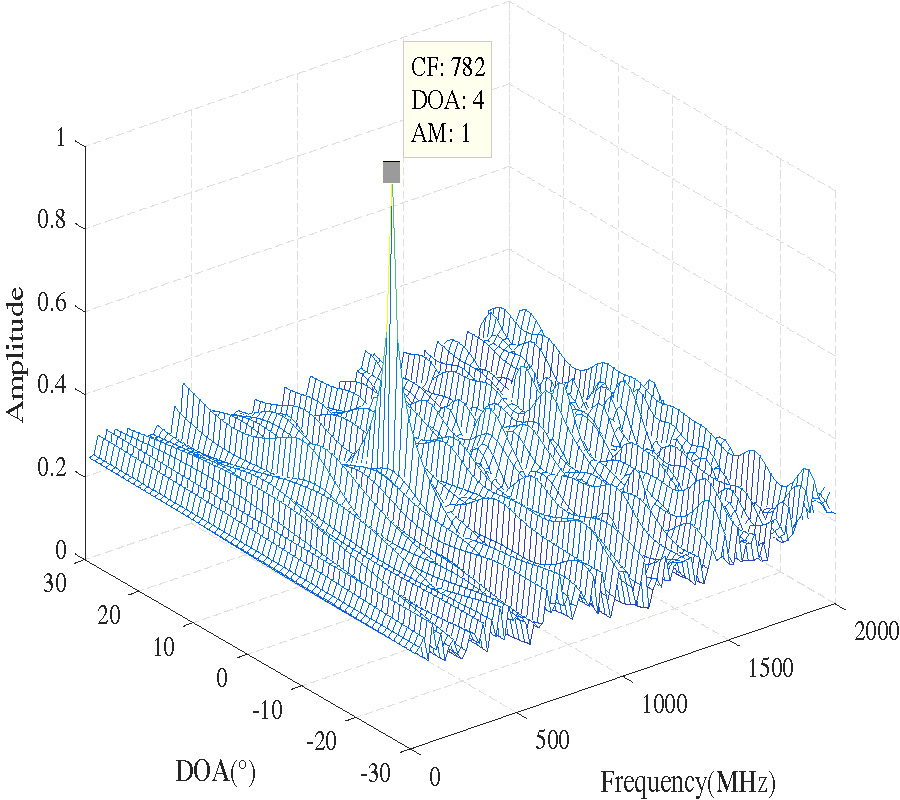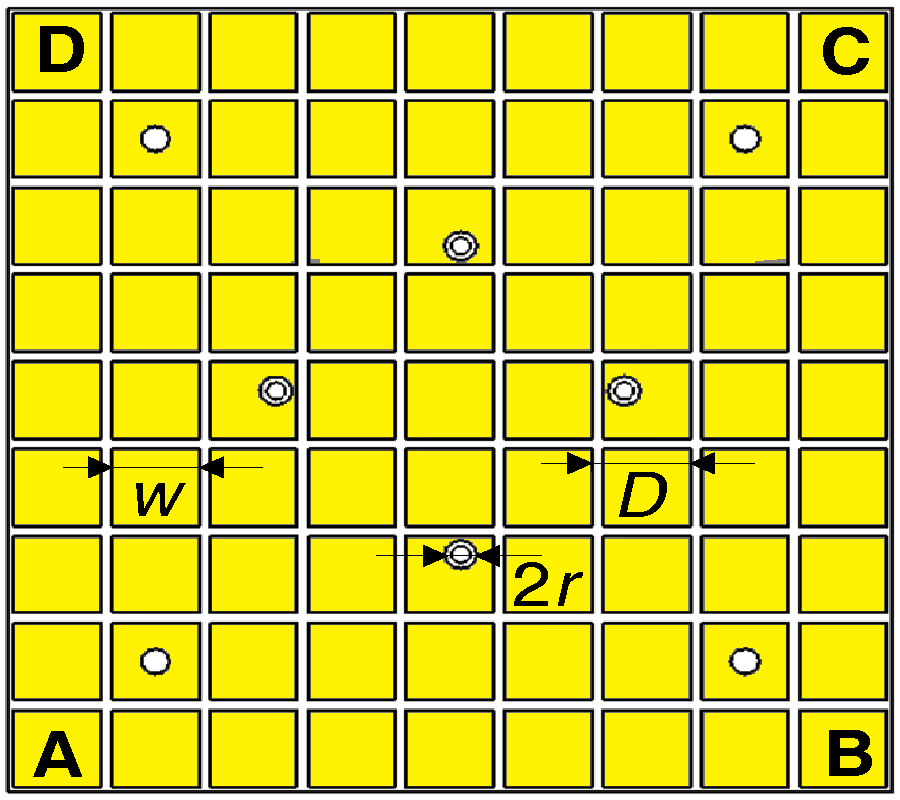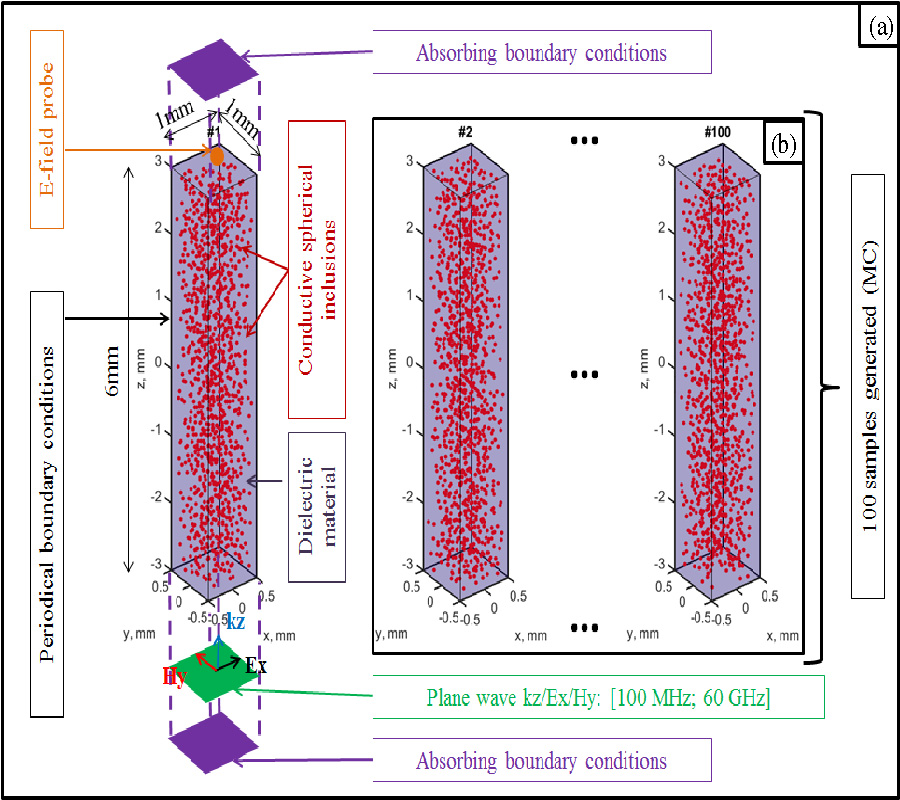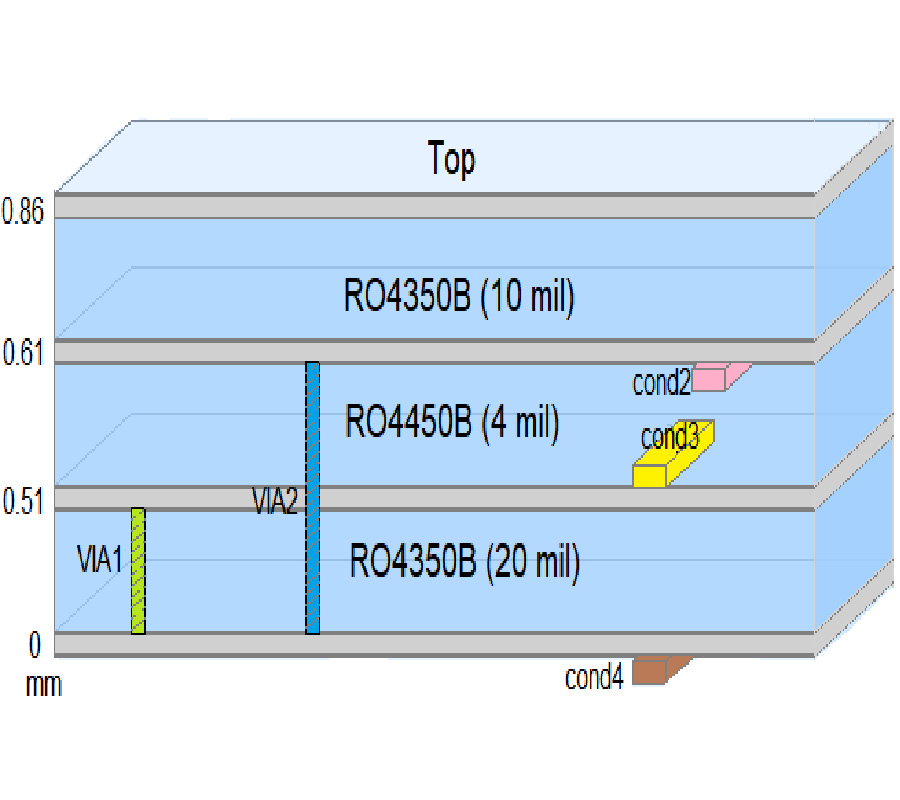2020-01-08 Latest Published
By Bingjian Niu
Jie-Hong Tan
Progress In Electromagnetics Research Letters, Vol. 88, 143-149, 2020
Abstract
A compact four-element multiple-input-and-multiple-output (MIMO) antenna system is proposed based on substrate-integrated-waveguide (SIW) cavities. By bisecting a square SIW cavity, two rectangle half-mode cavities with opened edges are formed. They are arranged side by side sharing a row of metallic vias. Then two narrow T-shaped slots are etched along symmetry planes to divide these two cavities into four quarter-mode sub-cavities. Excited by feeding ports, four antenna elements with compact size are constructed, which radiate incident wave through opened cavity edges and etched slots. Moreover, antenna isolation can be easily improved by adjusting slot length though these elements interconnect. A prototype with the cavity size of 0.22λ0 × 0.86λ0 has been fabricated. The fabricated MIMO antenna system exhibits the center frequency of 3.51 GHz, port isolation of 14 dB, envelope correlation coefficient of 0.03, peak gain of 4.9 dBi, and high efficiency of 77.4%. The compact size and effective isolation improvement make the proposed design attractive for practical applications.
